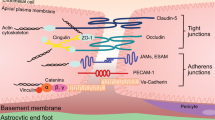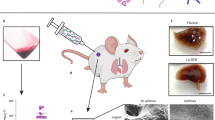Abstract
IN Great Britain the most common poisons at the present time are the 5 : 5′ disubstituted barbiturates. The longer-acting barbiturates, barbitone and phenobarbitone, can accumulate in the body when administered in relatively low therapeutic dosage, and concentrations of these drugs in the blood of about 5 mgm./100 ml. do not necessarily imply poisoning. The shorter-acting barbiturates, when taken in therapeutic quantities, however, do not accumulate, and in such cases this concentration would imply that an excessive quantity had been taken.
This is a preview of subscription content, access via your institution
Access options
Subscribe to this journal
Receive 51 print issues and online access
$199.00 per year
only $3.90 per issue
Buy this article
- Purchase on SpringerLink
- Instant access to full article PDF
Prices may be subject to local taxes which are calculated during checkout
Similar content being viewed by others
References
Maher and Puckett, J. Lab. Clin. Med., 45, 806 (1955).
Maynert and Washburn, J. Amer. Chem. Soc., 75, 700 (1953).
Brooker, Analyst, 82, 448 (1957).
Curry, Acta Pharmacol. and Toxicol., 13, 357 (1957).
Author information
Authors and Affiliations
Rights and permissions
About this article
Cite this article
CURRY, A. Identification of Barbiturates. Nature 183, 1052 (1959). https://doi.org/10.1038/1831052a0
Issue date:
DOI: https://doi.org/10.1038/1831052a0



